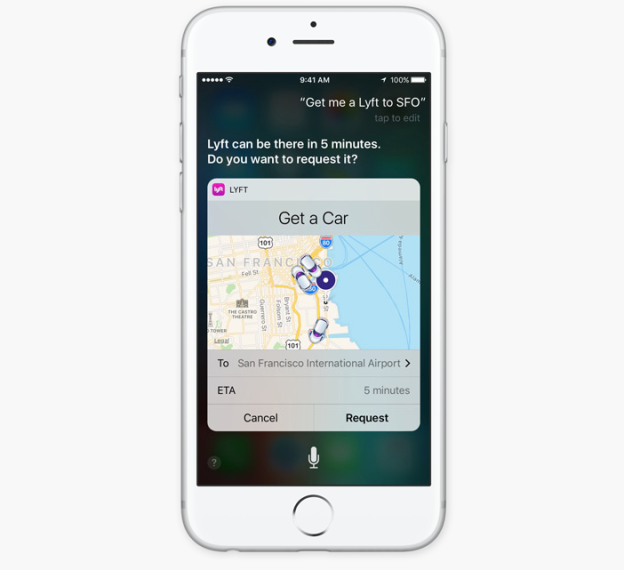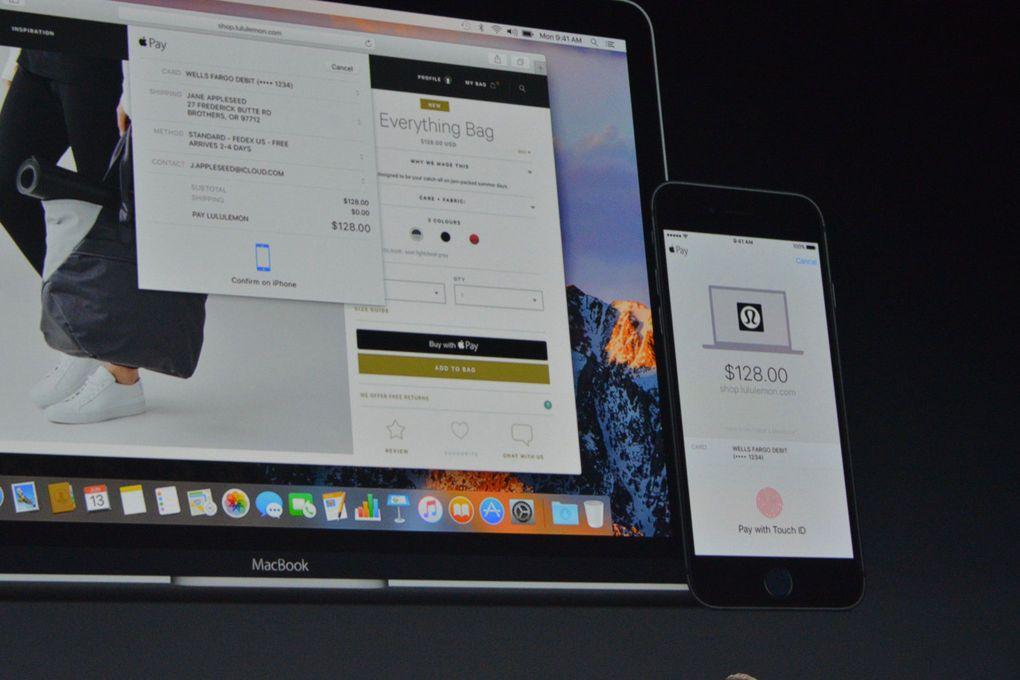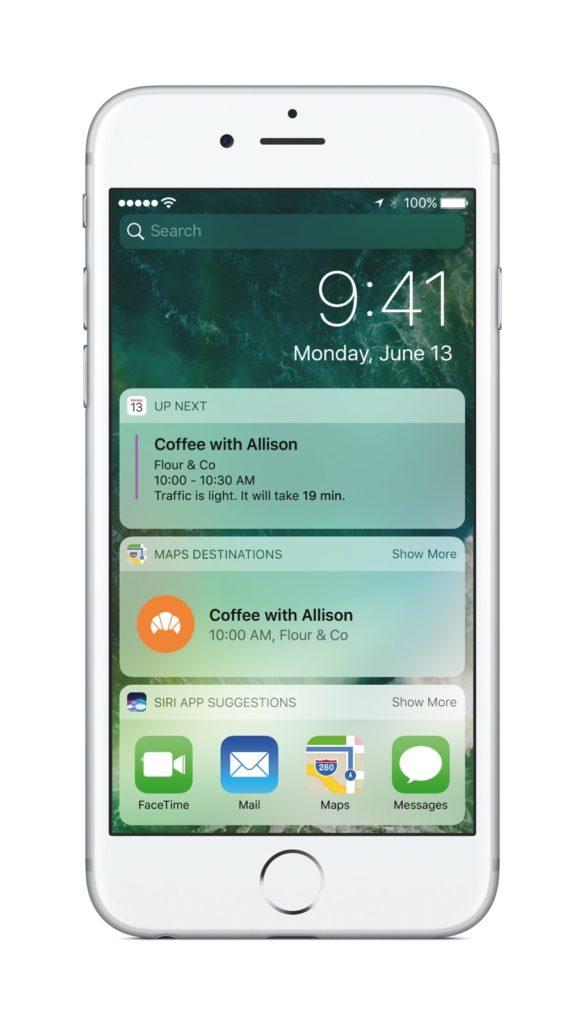WWDC 2016: Chasing the Continuous Customer Experience
Published on June 14, 2016/Last edited on June 14, 2016/7 min read


Todd Grennan
Content Production Principal, Content Marketing at BrazeNew technologies succeed when they make life easier.
People love their smartphones, their messaging apps, their ride-sharing services and peer-to-peer payment options, and they love them because each one of these technologies took something that used to be hard or complicated or too annoying to bother with regularly and improved that experience, making it simple, intuitive—even pleasant. It’s been that way since the beginning: would the wheel have caught on if it didn’t make life easier for our long ago ancestors?
Apple announced a lot of major products and software updates at this year’s edition of their WWDC conference, held June 13 in San Francisco. New versions of every one of their operating systems. Changes to Apple Music. A new name for OS X (it’s called macOS now). But more than any single update, what stood out at the event was the extent to which we’ve found ourselves in the midst of a technology-driven customer experience arms race.
Google knows it: that’s why we’ve seen them working to eliminate the functional differences between apps and the mobile web. Facebook knows it, too, and their new chatbot support is exhibit A in their efforts to make their platforms the most compelling place for third-party brands to engage with customers. And three big changes that Apple announced during WWDC make it clear that supporting better, increasingly effortless customer experiences is a major priority for them, too:
Apple’s three big updates
1. Apple is embracing third-party integrations

Siri’s Lyft integration on iOS (Source: BGR)
There had been predictions before WWDC that Apple was considering opening up Siri to third-party developers as part of an effort to make its digital assistant more effective in helping users carry out tasks on their devices. But Apple surprised everybody by going even further and opening up its Apple Maps and iMessage apps to outside developers, too. The move will allow users to carry out a wide range of tasks—including ordering food, hailing a car, and sending money to a friend—using Siri or within iMessage and Maps, creating a more seamless, effort-free experience for users and encouraging brands to take advantage of these Apple-controlled platforms to reach customers. That follows similar moves by Google and Facebook and highlights the growing importance of the platform economy to brands looking to reach new customers and retain the ones they already have.
2. The lines are blurring between Apple’s different platforms
While Apple is taking steps to make Siri more powerful and more useful for iPhone and iPad users, it’s also working to expand the the ways in which you can engage with it and other previously mobile-only features. At WWDC, Apple announced that Siri, Apple Pay, and Touch ID are all coming to the Mac, allowing people to take advantage of these popular features on desktop as well as mobile. The change reflects the fact that a lot of people aren’t truly desktop- or mobile-only in their engagement; they carry a smartphone around with them and use it frequently, but still use their laptop or desktop or tablet in certain situations, and want the same rich functionality no matter what device they’re currently on.

Apple Pay and Touch ID for Mac (Source: The Verge)
And Apple took things a step further by announcing increased multi-platform functionality for people who have more than one Apple device. Users will be able to copy text on their smartphone and paste it instantly on their iPad, and access files saved to their work Mac’s desktop from their Mac at home. While these developments aren’t world-changing, they point toward a future where customer engagement with technology has less to do with a given device and more to do with a world of connected devices available for engagement wherever people move throughout their day.
3. New iOS lock screen and Apple Watch dock updates change what it means to get a message

Updated iOS lock screen (Source: Engadget)
Taking a cue from Android, Apple announced changes to its iOS lock screen and Apple Watch app dock designed to support richer, more continuous customer/brand engagement. Under the new changes, users will have the ability to preview and access in-app content directly from the lock screen or dock—without ever having to load that app.
This update makes it possible for customers to get significant value from an app without opening it and gives brands the ability to turn a simple push notification into the first step of a curated digital experience that can incorporate rich content and video via the lock screen or dock.
What does it mean for marketers?
For most brands, Apple’s announcements are going to have a real impact on how they reach their customers. Once someone has experienced a truly enjoyable, seamless customer experience, they’re going to be less tolerant of brands that can’t offer the same. For today’s marketer, that means:
1. Your brand needs to have a rich, connected presence on every appropriate platform
Apple’s blurring of the lines between its mobile and stationary devices means that success isn’t just about having the best mobile app or sending the best mobile push notifications—you have to have a 360-degree approach to engaging with your customers. If your brand and all your competitors have ride-sharing apps, but only you have a full-featured website that supports Apple Pay and web push notifications (to let customers know when their car has arrived), you’re going to have a major advantage attracting and holding onto the customers who want to book a ride on the web—and the less-seamless (even frustrating) experiences that those users have on your competitor’s site will only bolster your brand’s standing in their eyes. And because customers can engage through multiple platforms and channels, this change makes it even more important to ensure that you have the ability to track customer behavior across all the platforms you serve.
2. Your brand needs to go beyond simple messaging
Customer messaging using push notifications, email, and other channels can be a powerful way to reach and engage your customers, and—done right—it’s a major driver of higher retention and conversions. But a message doesn’t exist in isolation. What happens once a customer taps or engages with that outreach matters just as much as the message itself. For instance, a compelling push notification announcing a promotion loses a lot of its power if the message doesn’t deep link the recipient to the section of your app related to that sale.
Apple’s updates have the potential to make lockscreen (and dock) experiences the new deep linking—that is, a powerful, seamless way to transition a customer from a message to a rich experience with your brand’s digital presence. But this new functionality also raises the bar for marketers. If your competitors are giving their customers that kind of eye-catching, engaging experience right from the lock screen when they tap on a push and you aren’t, that puts your brand at a serious disadvantage. Now is the time to start thinking seriously about how to take advantage of this new functionality in iOS and watchOS.
Final thoughts
Making things easier for your audience has always been a good way to build stronger customer/brand relationships. But making things easier is a relative thing. Calling a restaurant to find out if they’re open is easier than walking over and seeing for yourself; but checking their website is even easier than that. What would have been seen as convenient and user-friendly five years ago might well seem onerous and frustrating to today’s customer, and brands that want to stay competitive have to keep up if they want to stay on the right side of that divide.
Releated Content
View the Blog
The new inbox reality: How iOS changes are reshaping email marketing

Aparna Prasad

Experience optimization: Turning data insights into better journeys

Team Braze

December 2025 Bonfire Marketer of the Month: Jagex’s Emma Oliver
